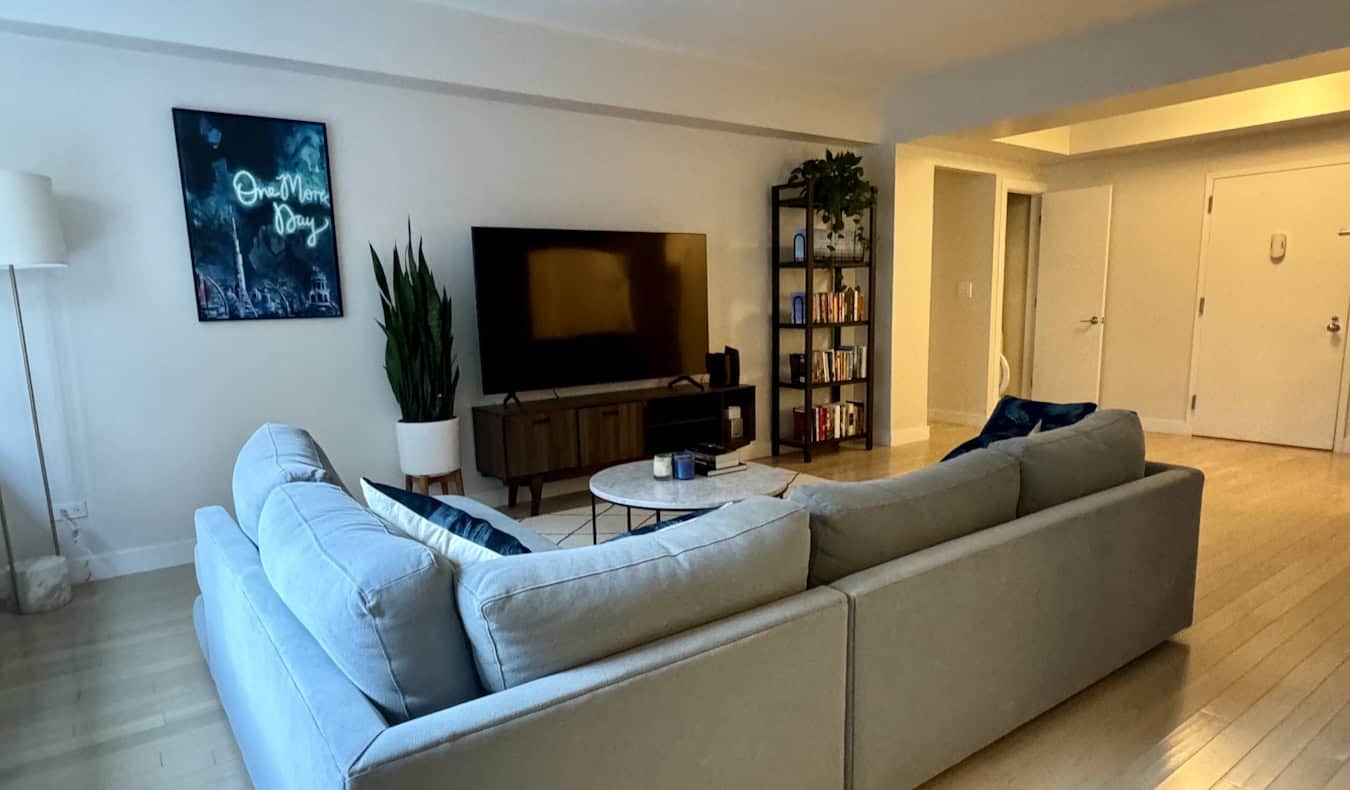
Take Gorillaz for example. The digital collective established by Damon Albarn is influenced by the Britpop via his work with Blur as well as hip-hop, punk, electronic, and Latin. How is such a cornucopia of inspirations to be classified? On AllMusic, it’s listed as both “Pop/Rock” and “Rap” with a myriad of styles falling under those greater types. Sometimes an artist can’t be neatly boxed into one genre, and this phenomenon is continually more frequent as time passes, due to a variety of components.
Dr. Jennifer Goltz-Taylor, a lecturer of music and the humanities in the Residential College at the University of Michigan, says, “What I’ve seen over the last 30 years is…people listened to the music within a genre that they connected with their own identity, and now people reach through different genres, they just listen to what they like…genre is less connected to a sense of identity, for young people in particular.”
Social media usage is one of the most significant reasons genre is less of a priority and more difficult to define. As the algorithms on platforms such as Tiktok and Instagram guide users with ever more
People listened to the music within a genre that they connected with their own identity, and now people reach through different genres, they just listen to what they like…genre is less connected to a sense of identity, for young people in particular.
accuracy to the exact corners of the internet they would love, microgenres are easily created. Social media makes it effortless to stumble upon songs and artists that might have otherwise gone unnoticed.
The internet and social media allow small, independent artists to not only put their music out into the world, but really gather a fanbase and gain fame. Doja Cat, for instance, began her music career at 15, putting out her own music on SoundCloud and Youtube. Though she’s primarily known as a rapper, she incorporates pop, R&B, and electronic into her work as well. Artists such as Halsey and The Weeknd amongst countless others also began pursuing music via the internet. When artists no longer need the go-ahead of a manager or executive to begin releasing music, they have more freedom to explore different genres and don’t have to pigeonhole themselves as much.
In fact, hugely popular artists and the fandoms they accrue play a big role in eclipsing the importance of genre, as people increasingly establish their musical taste and identity with individual musicians rather than a larger category. That is to say, you’re more likely to hear a person say they’re obsessed with Taylor Swift or Drake than that they’re just a fan of pop or rap.
However, the freedom and opportunity that the internet and its genre fluidity grants to artists is not always distributed equally, says Goltz-Taylor. “Genre to a large extent has baggage in the recording industry’s boxes, and some people not being allowed out of their boxes…so in that way I say, ‘Yeah, get rid of it,’ but it has to be complete.” She gives the example of Lil Nas X‘s hit song “Old Town Road“, which was controversially pulled from the country charts despite its clear blend of country and rap in a move which many believed to be racially motivated.
Digital music is far quicker and easier to access than having to go out and buy a physical CD or record, but it also fundamentally changes the way in which people interact with music. Spotify curates playlists for each individual, the majority of which are based on a theme or mood rather than a genre, ranging from a “Morning Mix” to “Goblincore.” This would have been an impossible feat in the pre-internet age, when burning a CD or making a mixtape took considerable time and effort to put together. Playlists are overtaking the everyday listening experience of music lovers, rather than full albums or even radio stations based on a particular genre. Creating playlists based on aesthetics and other less concrete categories means that listeners may discover many different types of music within a single playlist.
Certain genres of music might have previously seemed daunting due to their association with a subculture that had to be broken into. The internet makes these introductions far more accessible as well. One search reveals hundreds of articles and videos for those who are brand new to various scenes, recommending artists to help viewers get into punk, k-pop, or anything in between. Despite all of this,
Genre is a kind of virtual community…It provided a sense that there were others out there listening to the same records as you, or making the same kind of music, even before the internet.
the old ways have not been completely forsaken. Nostalgia and a desire for tangible forms of music have driven an enthusiastic return to record collecting, circling back to a more album-oriented listening experience.
Music critic and journalist Kelefa Sanneh tells the BBC that “Genre is a kind of virtual community…It provided a sense that there were others out there listening to the same records as you, or making the same kind of music, even before the internet,” and Goltz-Taylor believes “it’s unlikely that whatever evolves in place of genre will not be connected to identity.” While genre may become less of a factor in choosing what music to enjoy, community is still a hugely important part of the music experience, especially when the means to communicate with an entire fandom are at your fingertips. As long as people need something to rally around and bond over, it’s a safe bet that there will be some method to organize artists and the music they create.








